Search
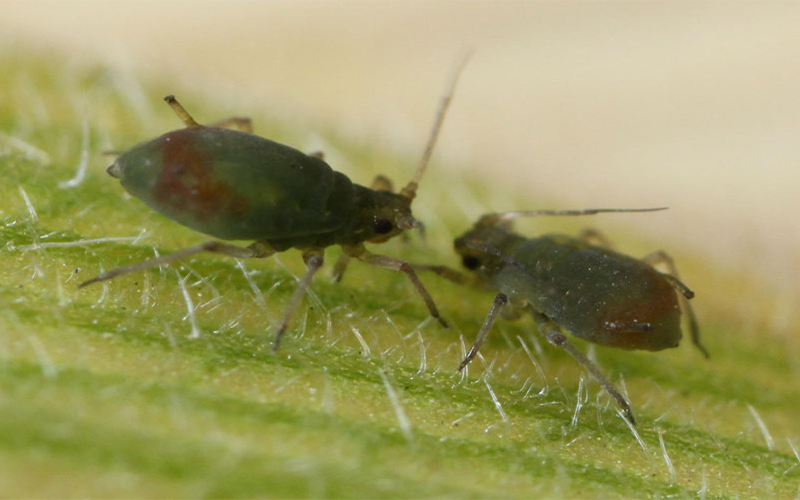
Low-Level Aphid Populations Present in Wheat
We are starting to receive reports of aphid populations in wheat fields throughout much of South Dakota. At this point in the season, weekly scouting is the best bet to monitor the populations.
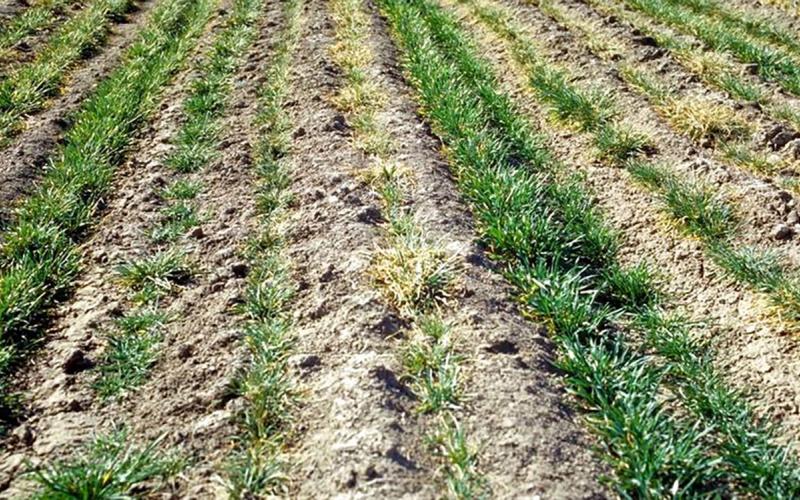
Brown Wheat Mites Active in South Dakota Wheat
There have been reports of brown wheat mites active in wheat in central and western South Dakota. To date, reports have been for minor infestations, but severe infestations are possible.
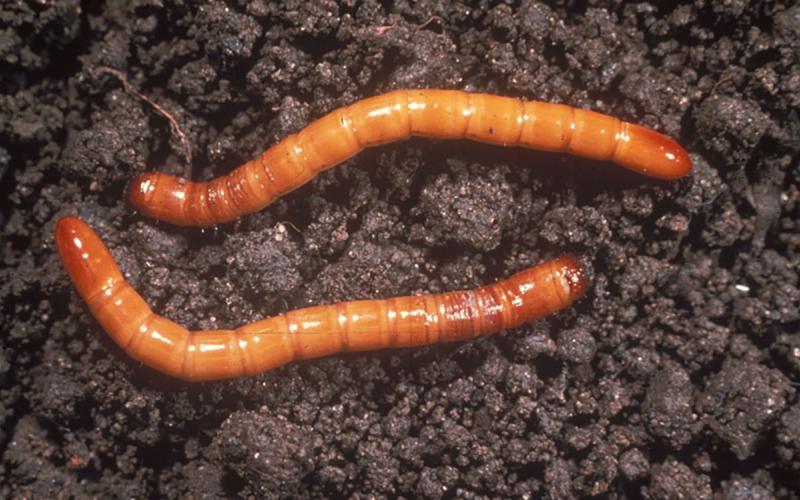
Wireworms Causing Problems in South Dakota Sunflowers
Some sunflowers in South Dakota are currently being attacked by wireworms. Wireworms are the larvae of click beetles, which are easily observed throughout the summer.
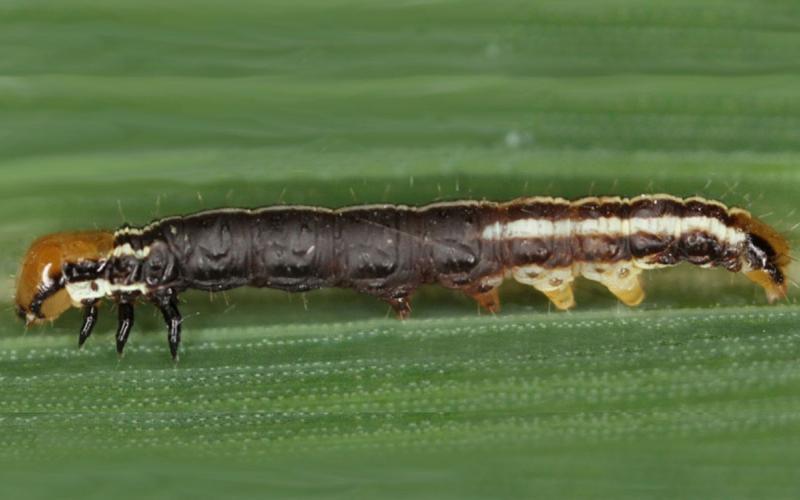
Common Stalk Borer Activity Estimate: June 9, 2022
In some areas of South Dakota, we have reached enough degree days that common stalk borer caterpillars will begin moving into corn from weedy hosts along the edges of fields.
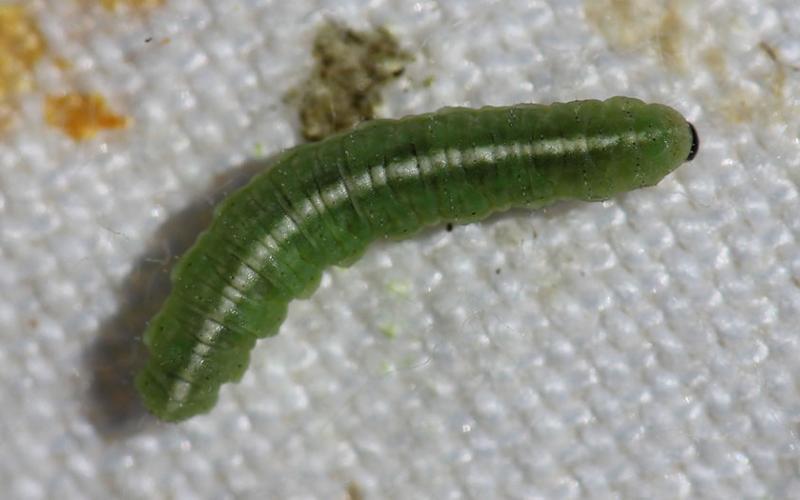
Alfalfa Weevil Activity Prediction Update: June 9, 2022
Alfalfa weevil larvae and some adults have been observed in alfalfa throughout the state this week, and fields should be scouted to ensure that populations don’t cause extensive defoliation.
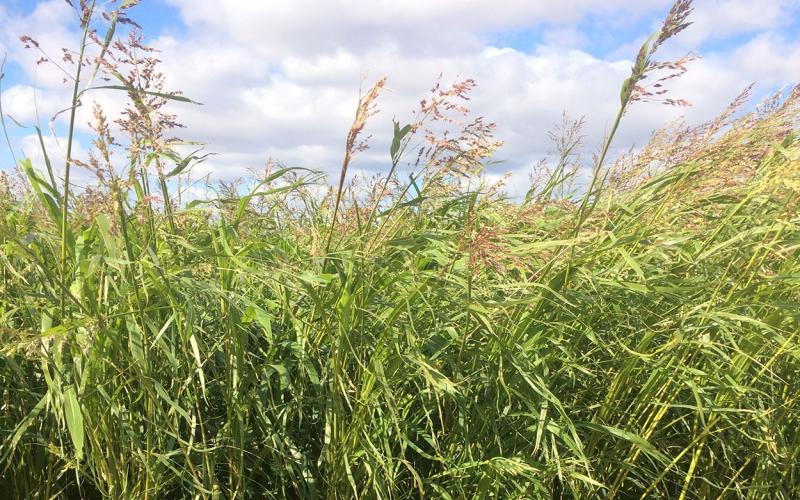
Using Annual Cover Crops and Forages in Lieu of Row Crops
Although there are many factors to take into consideration, annual forages and cover crops can be an excellent tool to mitigate challenging planting seasons.
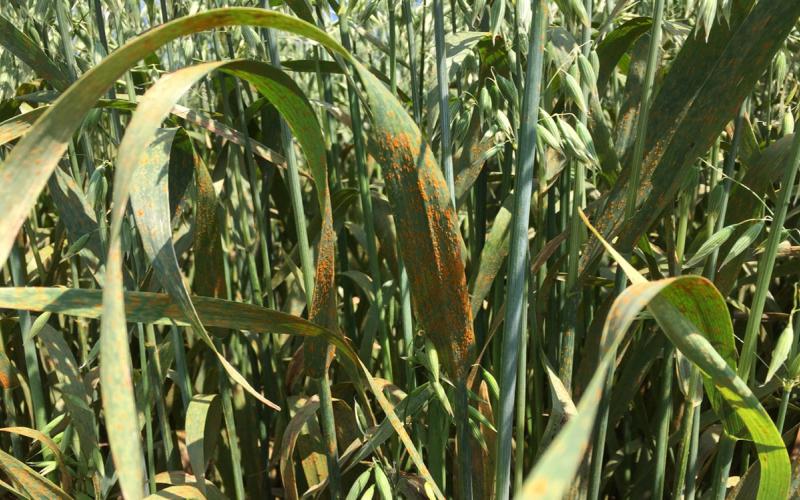
Crown Rust of Oats
Crown rust continues to be the most economically damaging and important fungal diseases of oats in South Dakota. Learn how to recognize and manage it in oat fields this growing season.
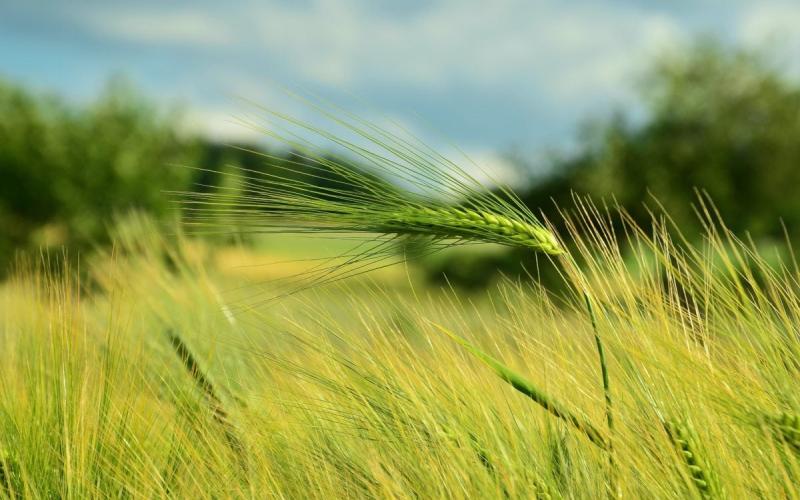
Scouting Wheat Fields
Scouting is the process of monitoring fields and crops during a growing season. It can provide producers with field specific information on pest pressure and crop injury.
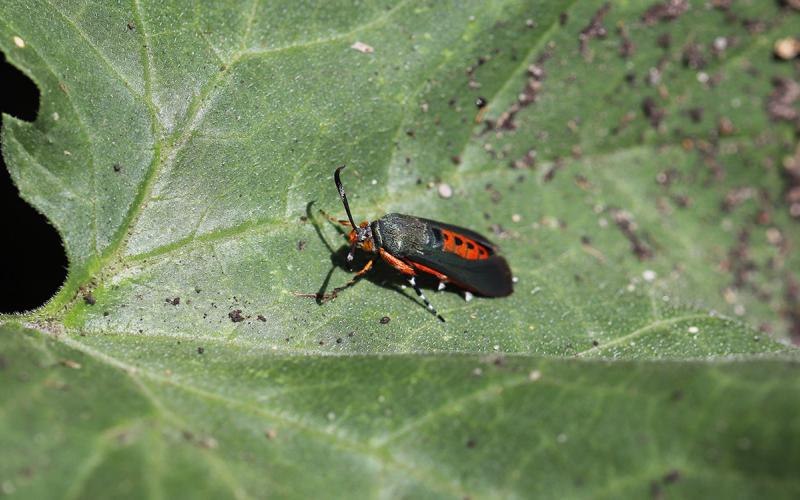
Squash Vine Borer Activity Estimates: June 10, 2022
Although gardening is well underway in South Dakota, squash vine borers should not be an issue for at least another week. See our latest activity estimates based on conditions around the state.

Farmers Market Resource Manual
This manual is intended to be used by farmers market directors, managers, and organizers to copy portions of the manual that pertain to the needs of their farmers market.